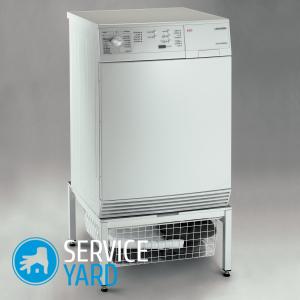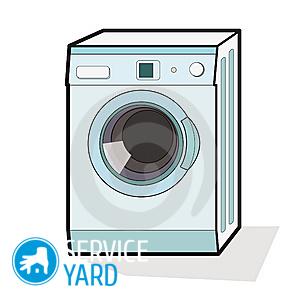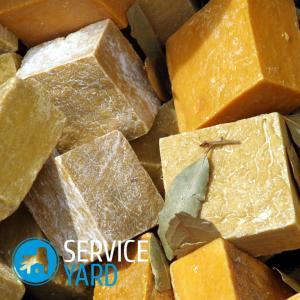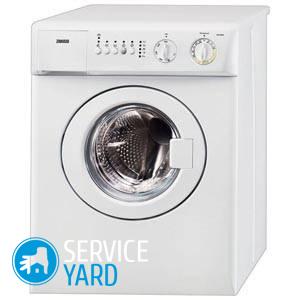Installing a washing machine in the bathroom
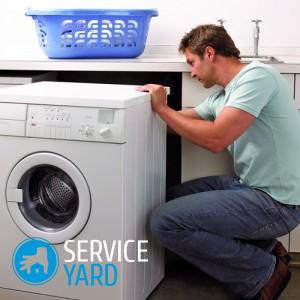
In our fast-moving 21st century, one of the main assistants in everyday life is a washing machine. It helps the hostess to save a significant part of the time that was spent in the process of hand washing, and also greatly simplifies life. A washing machine is not a complicated technique. But you need to approach its installation very seriously - any mistake, even inaccuracy, can lead to a future breakdown. Following the instructions that came with each washing machine, you can easily install it. But connecting a washing machine with your own hands is a pretty responsible matter. For safe and long-term operation of the machine, you need to determine where the installation of the washing machine will be made - in the bathroom, in the kitchen or in the hallway, and properly prepare the place for this.
to contents ↑Room preparation
First of all, you need to determine the location of the washing machine in the house: kitchen, utility room, hallway or is it still a bathroom? Also learn about all the nuancesInstalling a washing machine on a wooden floor.
Experts recommend installing it in a small room designed for household needs, since the humidity indicator is normal in it, and the equipment will not interfere. But most often, the installation of the washing machine is carried out in the bathroom or in the kitchen, despite the increased humidity in these rooms. With proper preparation of the room, you can make a high-quality installation of the washing machine, even in a small bathroom.
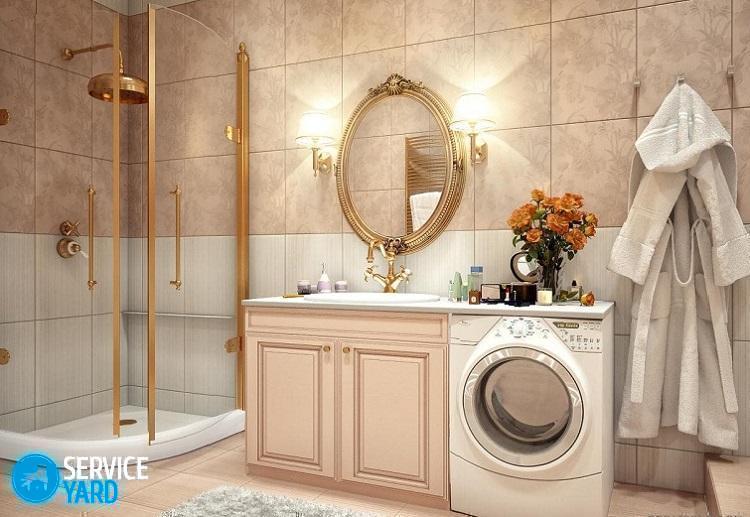
Here's where to start and what to consider when working:
- To begin, dismantle the old washer, if any.
- Installing a washing machine in the bathroom requires a suitable outlet (10-20 volts).
Important! If the outlet is missing, we recommend that you call a specialist who will do all the necessary work for its installation.
- It is also necessary to remember that the cord must be in “free flight”, which will help protect yourself from electric shock.
- The surface under the washing machine should be perfectly smooth.
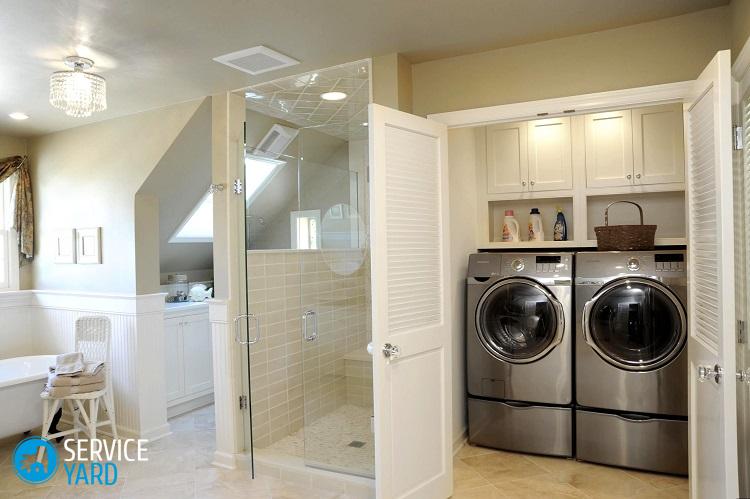
Important! It is not recommended to install on linoleum, laminate, wooden floor, tile. The best choice is a reinforced concrete floor, freed from decorative coating. But if this is not possible, at least put a rubber mat under the washing equipment so that no cracks appear on the tile under the legs of the machine from vibration.
- Be sure to measure the dimensions of the machine and the opening in the door so that moving it to the right place does not become a problem.
- Be sure to find outwhat all the icons on the washing machine mean.
What will be required for installation?
Before answering the question of how to install a washing machine, we will consider what materials and tools you will need:
- Faucet for supplying water to the washing machine.
- Exit to the sewer - a pipe with a diameter of 32 mm.
- An optional special non-return valve ensures that water does not flow from the sewer back to the washer.
- A wrench that comes with the appliance.
- Clamp for firmly securing the sewer pipe with a hose.
- Three quarter inch inlet thread on faucet for cold water connection.
- Electricity.
Important! In the bathroom, use a power outlet with a cap to protect it from moisture.
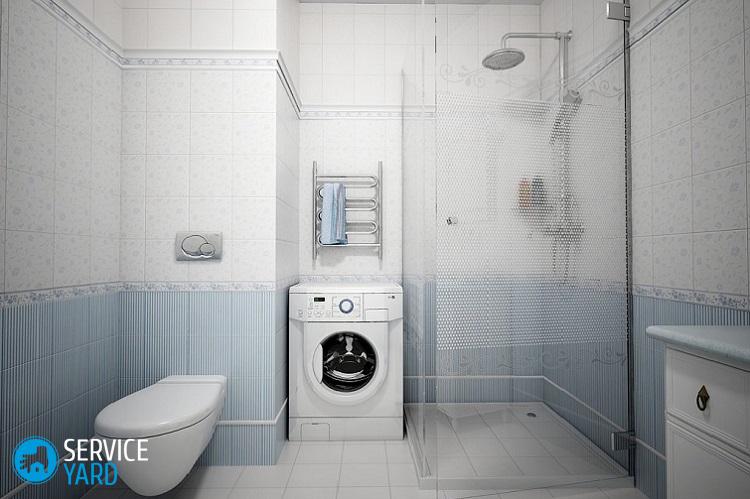
Preparation of equipment:
- Free the new washing machine from packaging materials and protective films.
- Unscrew the brackets and bolts intended for transportation using the wrench provided.
- Remove the plastic and rubber bushings from the housing.
- Close the holes that have appeared after removing all the bolts with plastic plugs.
Important! After completing this work, check whether you unscrewed all the spare parts so that the drum would not be damaged when you turn on the machine. And we also prepared a separate publication, having carefully read which, you will understand what isanti-vibration stands, What are they needed for.

Connecting a washing machine
Installation of a washing machine starts with its connection to the sewer and to the cold water supply.
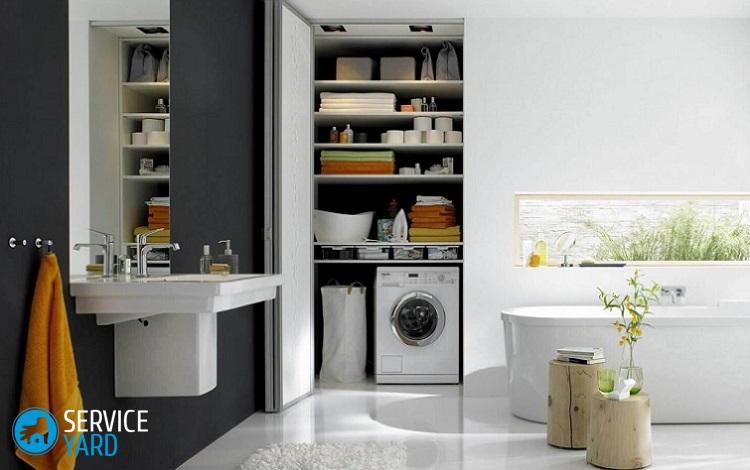
Connection to the sewerage
Draining dirty water is sometimes simply fixed on a bathtub or sink, but this is not a very convenient procedure to use. The safest option is to connect the automatic machine directly to the sewer, namely in this way:
- Connect the drain hose to the sewer using a siphon.
- Install a stopcock to prevent spillage during prolonged downtime or if the hose is damaged.
Important! Consider the length of the drain hose when connecting, it is not recommended to extend it. The best distance from the floor to the edge of the hose is 50 centimeters
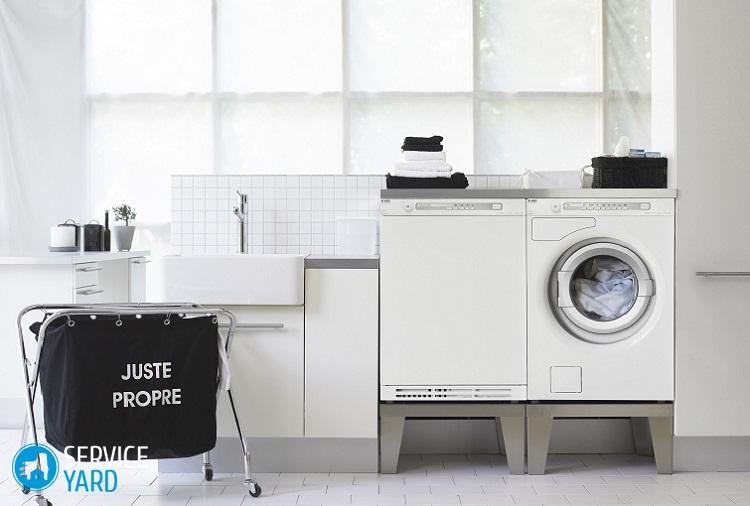
Water connection
You will need flexible hoses with a diameter of about 2 cm and rubber gaskets for sealing for this procedure.
Connection is as follows:
- Cut the thread in the right place in the water supply.
- Install an additional faucet in the water supply.
- After the crane, install a mesh to protect against the penetration of small mechanical particles or the Aqua-stop system.
Important! Remember to clean the filter periodically during future use.
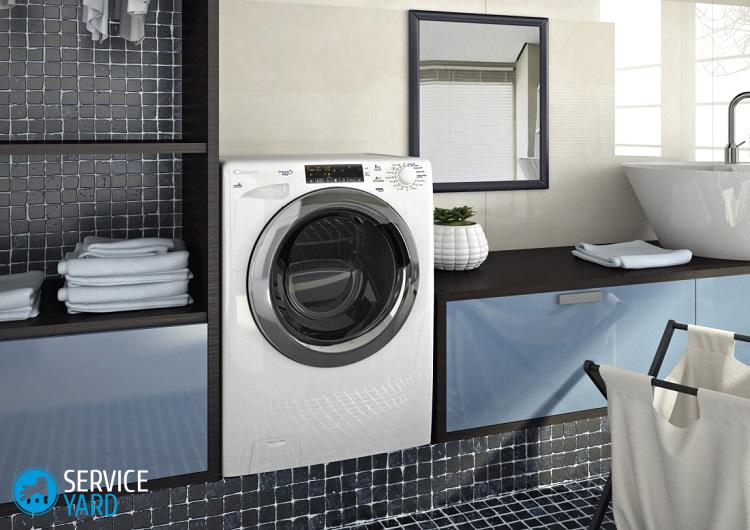
Mains and ground connection
This stage requires special care and compliance with safety regulations. The power cord, which is located on the rear panel, is plugged into an electrical outlet with a grounded power outlet.
Important! Do not install the outlet yourself if you do not have the skills to perform this work. Use the services of a specialist who will install it correctly, at the right distance and ground.
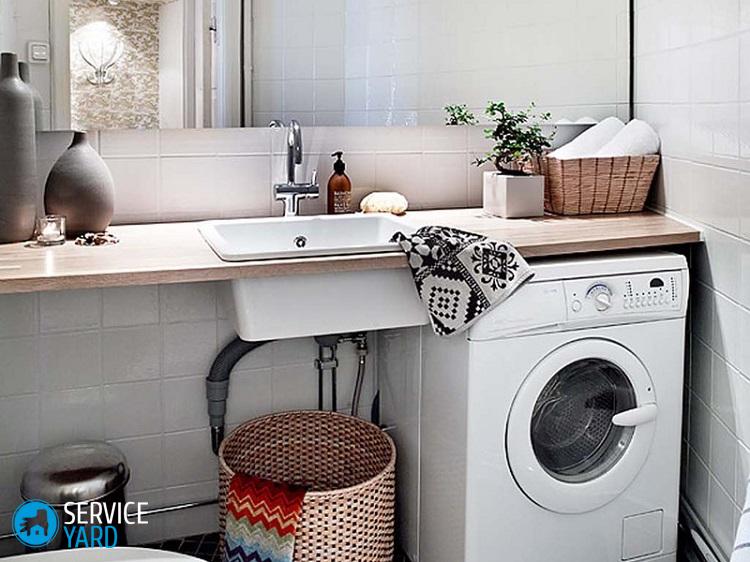
The power of the outlet should be at least 16 amperes.
Important! If the machine beats current during operation, it means that the grounding is not done correctly. Call the wizard to fix the grounding problem.
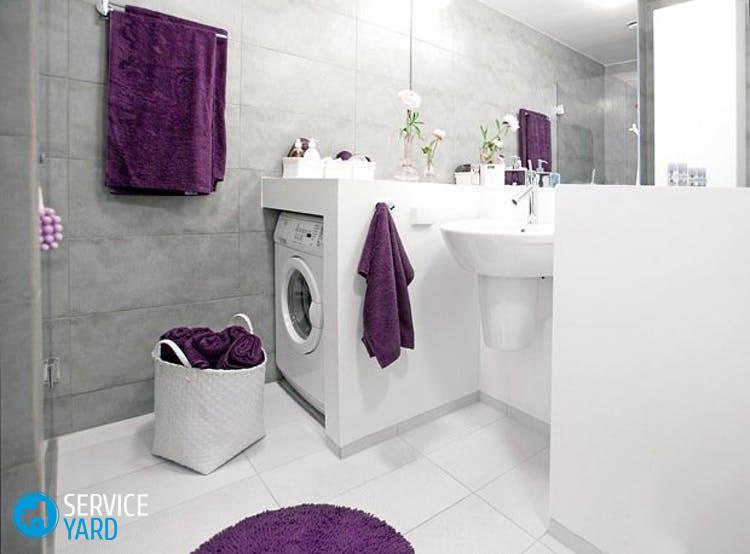
Position setting
The question often arises: how to install a washing machine so that it does not “jump”? Basically, this problem occurs with an uneven floor surface.
Installation requires stability. This can be achieved with adjustable legs. Press on each corner of the surface of the washing machine to make sure that it is installed at the right level. You can verify the horizontal by the building level, adjusting the position of the adjustable legs of the equipment.
Important! The machine may be damaged if you move around the room randomly during operation if you do not take into account this installation step.
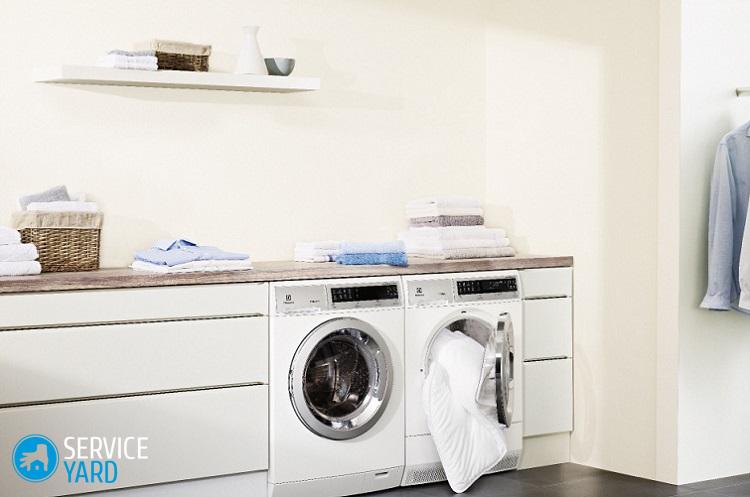
Checking the operation of the washing machine
The installation of the automatic washing machine is completed, and you only need to check the correctness of the work you performed. Everything is correct if:
- No water leaks.
- The drum is spinning.
- The machine does not make strange sounds during operation.
- Spin works correctly.
- The tank is quickly filled with water.
- 5-7 minutes after filling with water, it is heated.
- After washing, the drain functions properly.
to contents ↑Important! It is best to start the first run without loading laundry, so that dust and technical oils are removed from the washing machine.To do this, select a temperature of 90 degrees and an intensive wash cycle.
Important! To ensure that your laundry is always washed in the highest quality possible, check out the detergent options for the machine:
Stock footage
The installation of the washing machine has been completed. Follow all instructions, and do-it-yourself washing machine installation It will not be difficult for you. The main thing is to install it in a suitable place and provide reliable protective grounding.




